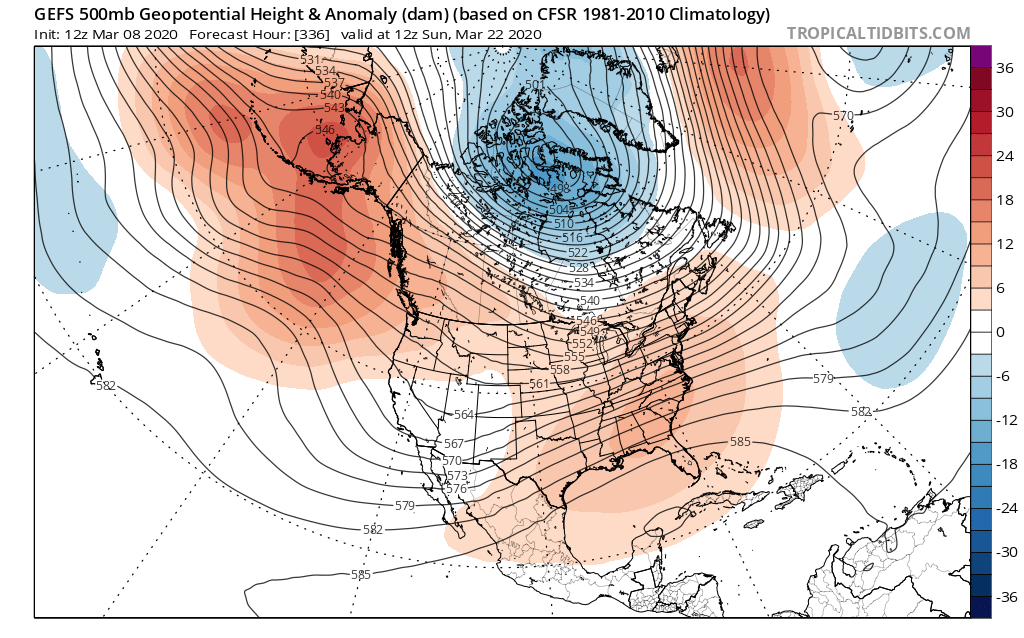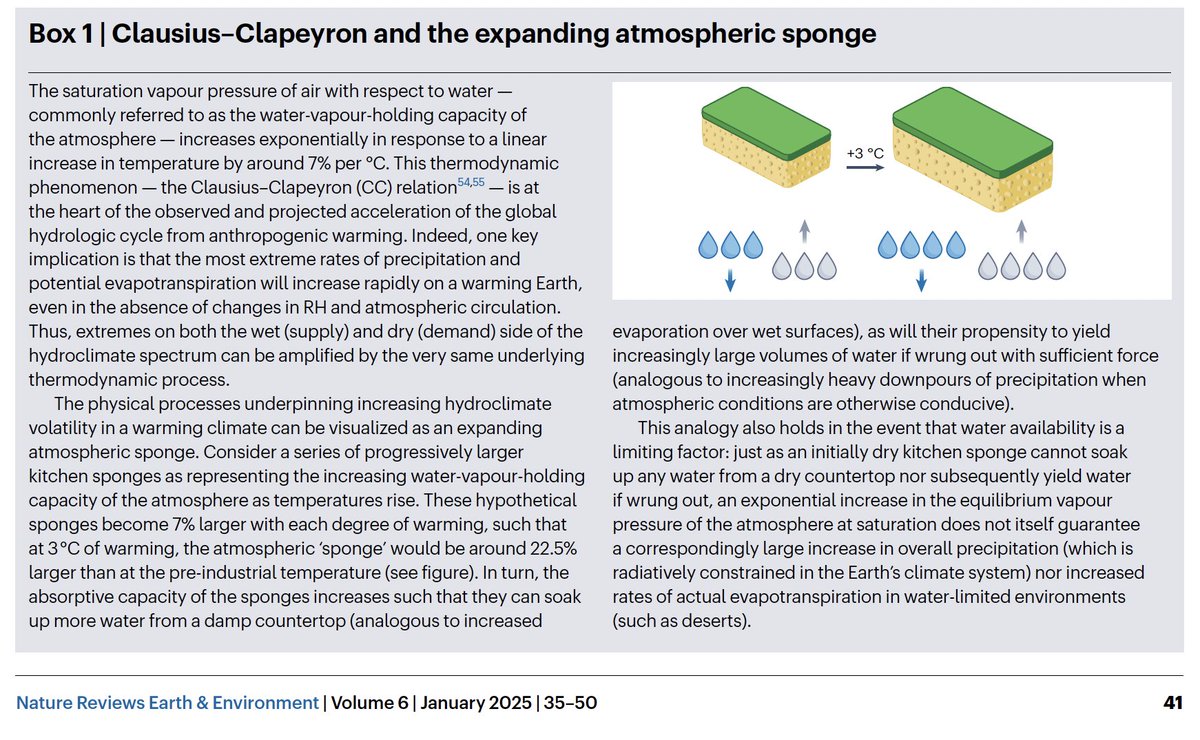A low pressure system off coast will move inland on Tuesday, bringing a widespread rain event to SoCal. This will be a warm/moist system with only modest dynamics, so almost everyone from Central Coast southward will see moderate rainfall of 0.5-2 inches. #CAwx 



However, this system does have plenty of moisture (associated w/an #AtmosphericRiver focused to the south and east of CA) and some respectable atmospheric instability. As a result, there's actually a decent chance of thunderstorms w/brief heavy downpours on Tues in SoCal. #CAwx 

NorCal, unfortunately, will only see scattered showers from this system. A slightly more promising chance of colder showers (& maybe some Sierra Nevada snow) comes about a week from now--but in general, ensembles continue to suggest below-average precipitation in long range.#CAwx 



• • •
Missing some Tweet in this thread? You can try to
force a refresh










